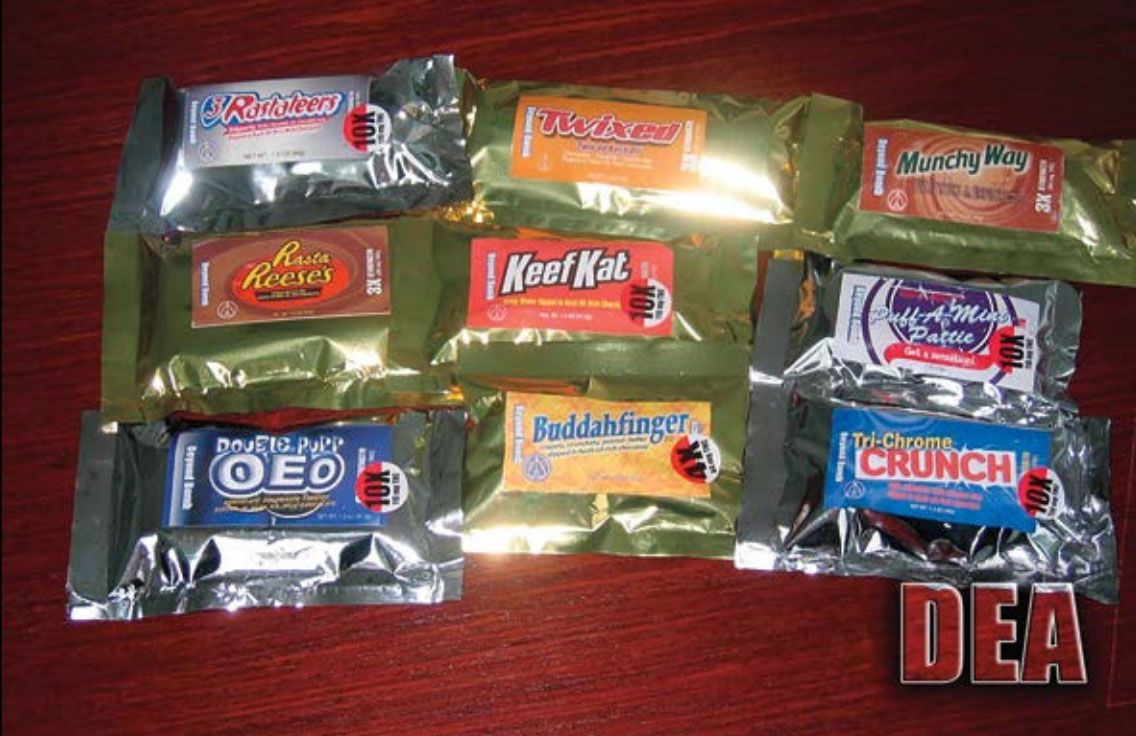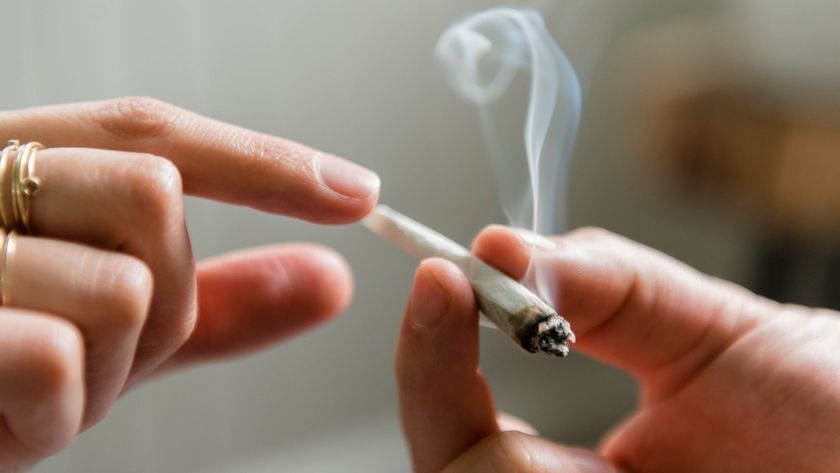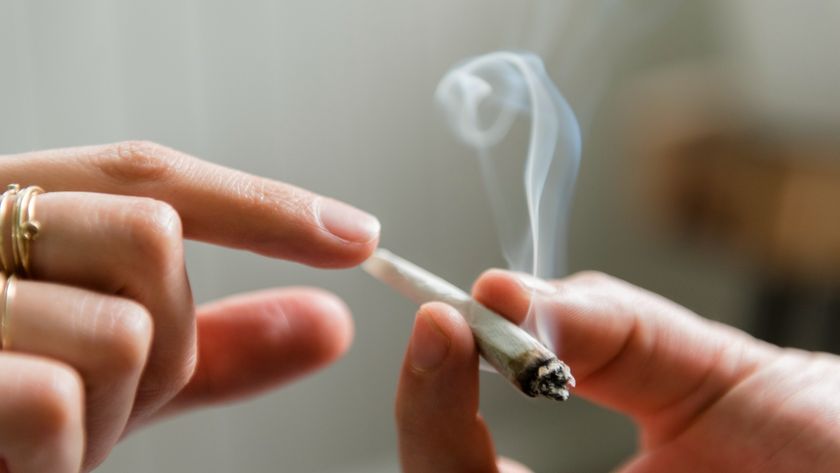Many Medical Marijuana Edibles May Have Inaccurate Labels

The labels of many edible medical marijuana products may not accurately reflect the actual doses of the compounds within the marijuana, according to a new study.
Researchers found that only 13 of the 75 edible marijuana products they tested in the study had labels that accurately listed the product's levels of tetrahydrocannabinol, or THC, one the compounds that is thought to drive its health effects.
"The majority of the products we tested were inaccurately labeled," said study author Ryan Vandrey, of The Johns Hopkins University School of Medicine in Baltimore.
In the study, the researchers tested marijuana products such as baked goods, beverages and candy, measuring their amounts of THC and cannabidiol (CBD), which is another compound responsible for pot's effects. The researchers considered a product to be accurately labeled if its actual levels of THC and CBD were within 10 percent of the levels stated on the label.
All of the products were purchased in medical marijuana dispensaries in San Francisco, Los Angeles and Seattle, according to the study published today (June 23) in the journal JAMA.
For 17 of the products that the researchers tested, the amount of THC was more than 10 percent higher than that listed on the label, whereas 45 products contained amounts of THC that were more than 10 percent lower than the amount stated on the label. [11 Odd Facts About Marijuana]
Of the 75 products tested, 44 had detectable levels of CBD, but only 13 products included CBD on the label. And among these 13 products, nine had at least 10 percent more CBD than was listed on the label, whereas four products actually contained at least 10 percent less CBD than the amount stated on the label.
Sign up for the Live Science daily newsletter now
Get the world’s most fascinating discoveries delivered straight to your inbox.
An estimated 16 to 26 percent of patients who use medical marijuana consume edible marijuana products, the researchers said.
If a product actually contains less of a certain compound than what the label states, "the consequence of that is that you are paying money and expecting to get a certain amount of medicine, and you are not getting what you think you are getting," Vandrey said.
Conversely, if a product has more of a certain ingredient than the amount listed on the label, a patient who consumes it is more likely to experience side effects such as vomiting or panic attacks. "If you are sick and you are trying to get healthy, you don't want your medicine doing that to you," Vandrey said.
The issue of inaccurate labeling may be related to the lack of established regulations and quality assurance for medical pot edibles. "The solution is implementing oversight and regulations requiring accurate labeling — the same as you have for all other medicine," Vandrey said.
Normally, the Food and Drug Administration (FDA) provides oversight for new drugs, and both the FDA and the U.S. Department of Agriculture ensure that food products meet certain standards, Vandrey said. Edible marijuana products seem to fall into both categories, he said.
But the problem is that "because marijuana is still illegal at the federal level, those two agencies that are tasked with oversight for food products and for drugs have to pretend that medical marijuana does not exist," he said.
The agencies therefore can't do oversight of marijuana products, he added.
If a state chooses to make medical marijuana products available to its residents, superseding federal law, the state should establish an infrastructure for standards of the product and labeling as well as provide oversight of those regulations, Vandrey said.
"If we are going to use cannabis as medicine, we need to treat it as medicine," he said.
Follow Agata Blaszczak-Boxe on Twitter. Follow Live Science @livescience, Facebook & Google+. Originally published on Live Science.












